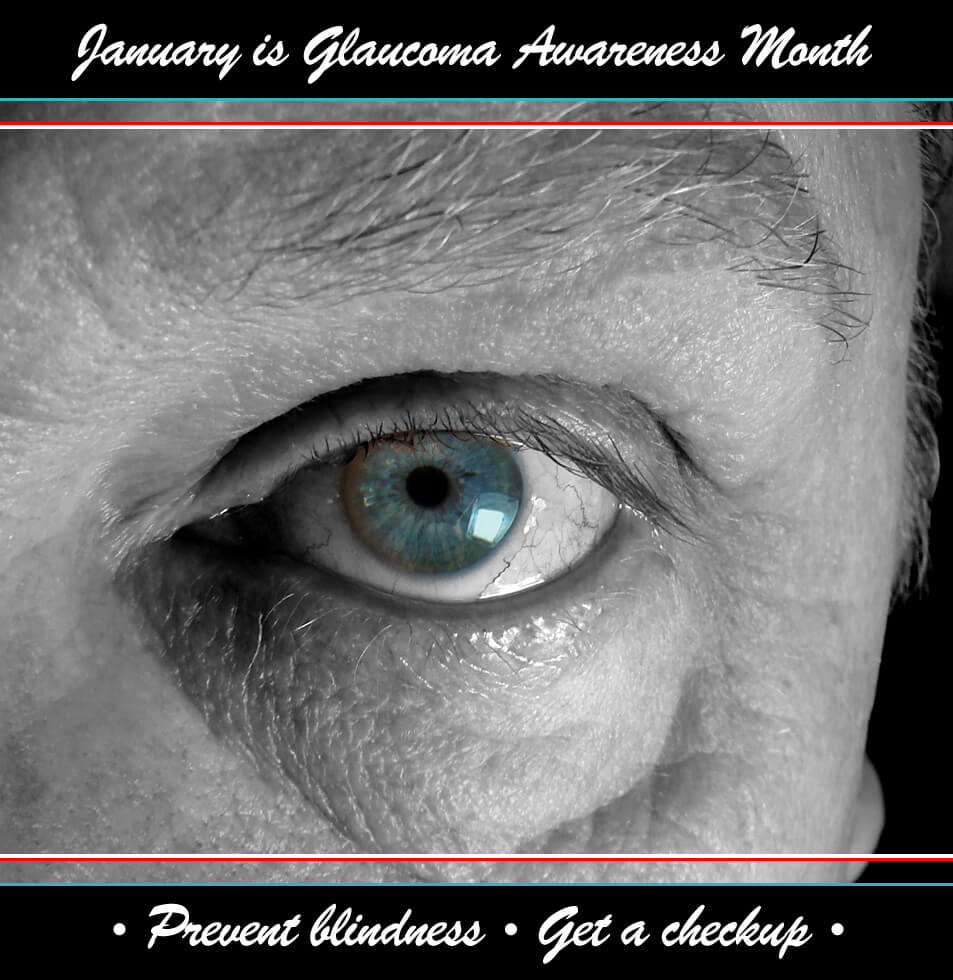If you visit the eye doctor regularly, you’re probably familiar with the puff of air test. It’s a standard glaucoma screening that takes only a moment to perform. But did you know there are five common glaucoma tests? Here’s a brief description of them courtesy of glaucoma.org:
Tonometry: This test measures the pressure within your eye. Eye drops are used to numb the eye, then a doctor or technician uses a device called a tonometer to measure the inner pressure of the eye; a small amount of pressure is applied to the eye by a tiny device or by a warm puff of air.
Ophthalmoscopy: Another one you may be familiar with. The doctor uses eye drops to dilate your pupils so he can examine the shape and color of the optic nerve.
Advertisement - Story continues below
Request advertising info. View All.
Perimetry: A visual field test used to map your complete field of vision. During the test, you look straight ahead and indicate when a moving light passes your peripheral vision. After a glaucoma diagnosis, visual field tests are done once or twice a year to check for changes in vision.
Gonioscopy: During this exam, the eye is numbed with eye drops, and then a contact lens is placed on the eye. The contact lens has a mirror that shows the doctor if the angle between the iris and cornea is closed and blocked or wide and open, each of which can be signs of different types of glaucoma.
Pachymetry: This test measures the thickness of your cornea using a probe called a pachymeter, which is placed on the front of the eye (cornea).
